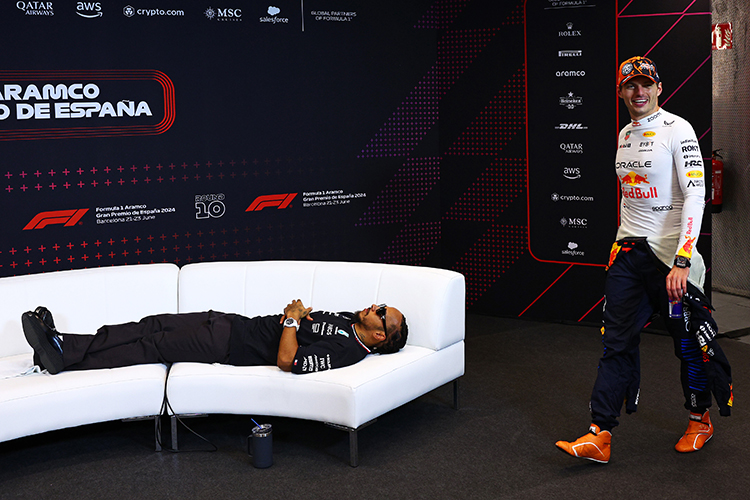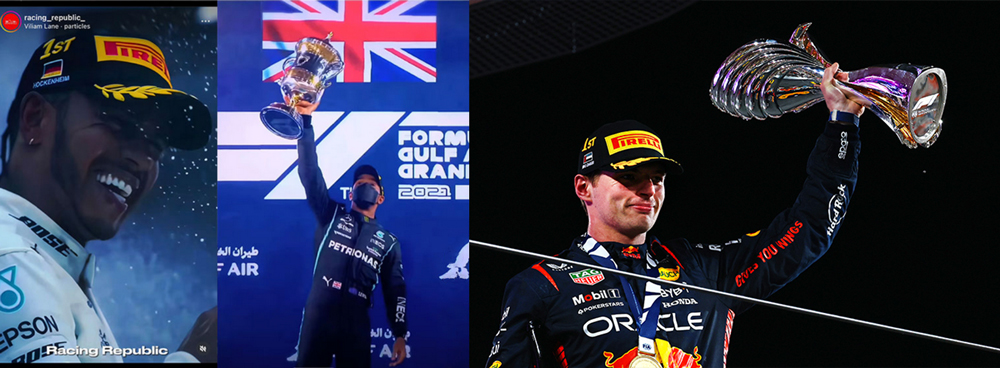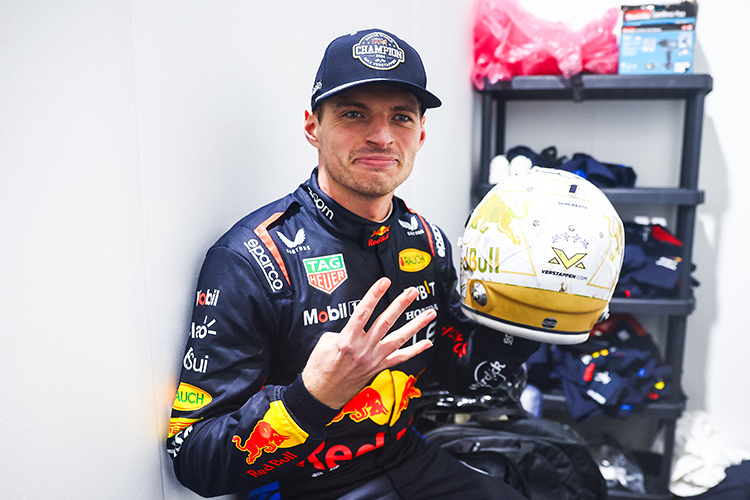Friday to Saturday: How Teams Rebuild Plans After FP1 and FP2
Inside F1’s Strategy Shifts in Practice: How Do Teams Adjust Their Strategy Between Practice Sessions
By the time the sun sets on Friday, every F1 garage has already lived an entire mini‑Grand Prix. Hundreds of laps, gigabytes of telemetry, frantic run‑plan pivots, and a swarm of engineers comparing notes with “mission control” back at the factory. Saturday might be showtime, but the script gets rewritten on Friday night.
Here’s how teams turn two practice sessions into a brand‑new plan for qualifying and the race.
What FP1 is really for: baselines, correlation, and controlled chaos
FP1 (usually the weekend’s opening hour) is a moving checklist, not a time attack.
- Systems and shakedown: Confirm everything works in the real world—hydraulics, ERS harvesting and deployment, brake temperatures, clutch bite point, gearshift smoothness, sensor health.
- Correlation runs: Aero rakes and flow‑vis paint appear early as teams validate wind tunnel and simulator predictions.
- First read on balance: Drivers test different cornering phases—braking stability, rotation mid‑corner, traction on exit—while engineers map how the car reacts to steering, brake migration, and differential changes.
- New parts A/B tests: A new floor or wing can appear on one car only; Friday is where the team decides whether to commit or revert.
- Track evolution scan: Conditions change fast as rubber goes down. FP1 teaches how the track is trending and which kerbs are friendly (or not).
Expectations: Laptimes can be misleading. Fuel loads vary, power modes are conservative, and everyone is trying to learn—not top the timesheets.
FP2: the meat of the weekend—qualifying sims and long runs
With the car talking and the driver comfortable, FP2 becomes the crucible.
- Qualifying simulations: Low fuel, fresh tyres, aggressive engine modes. This reveals one‑lap balance issues (front‑end bite, rear snap on entry, traction loss) and tyre warm‑up sensitivity.
- Race runs: Heavier fuel, longer stints. Teams map degradation, graining or blistering tendencies, and how pace decays over laps.
- Tyre profiling: Which compounds hold on, how quickly they come in, and what the crossover is between performance and durability.
- Cooling window check: Duct openings and louvres are assessed for expected Saturday temps—too closed and you cook the car; too open and you lose aero efficiency.
- Start and pit‑stop practice: Drivers dial in bite‑point and launch mapping; crews rehearse stops and refine jack and wheel‑gun choreography.
The Friday night reset: who works, on what, and why it matters
When the garages go quiet, the real storm begins. Trackside engineers, drivers, and factory‑based analysts combine to rebuild the weekend.
- Driver debrief: Feedback on balance by corner phase, kerb behavior, brake feel, and yaw stability. Drivers flag confidence drains that don’t show easily in data.
- Telemetry deep‑dive: Engineers parse micro‑sectors and GPS overlays to pinpoint where time is lost—straight‑line drag, mid‑corner rotation, traction. They benchmark competitor corner speeds and energy deployment patterns.
- Simulator overnight: Fresh telemetry re‑baselines the driver‑in‑loop simulator. Engineers run “virtual Fridays” with setup sweeps they can’t fit on track—ride height, springs, dampers, differential maps, wing angles—so Saturday decisions are evidence‑based.
- Strategy modeling: Using tyre‑model updates from long runs, strategists simulate race scenarios—stint lengths, pit windows, undercut/overcut strength, safety‑car sensitivity, and how much grip evolution will improve lap time.
- Tyre set budgeting: Which compounds to save for qualifying and the race, and which older sets to burn in FP3. (On Sprint weekends, this juggling act is even tighter.)
- Reliability and wear: Brake wear rates, PU temperatures, and plank/skid wear guide ride‑height and cooling choices so the car finishes fast—and legal.
The big questions teams answer overnight
- Downforce level: Commit to more wing for corner speed and tyre life, or trim for straight‑line advantage and overtaking? Decision hinges on degradation and overtaking difficulty.
- Mechanical platform: Stiffen or soften heave/springs; tweak anti‑roll bars and damping for kerb ride and traction; adjust camber/toe for temperature control and stability. Solve porpoising or bottoming if the track is bumpy.
- Tyre life vs. peak: If graining appears, protect the fronts with gentler slip angles and more rear support—or move up a compound in race plans.
- Energy deployment: Set quali‑aggressive ERS maps and race‑harvest strategies; decide where to spend battery for defence/attack.
- Cooling: Open up for hotter Saturday forecast or keep it tight for aero efficiency if conditions cool.
- Qualifying warm‑up: One push, cool, push—or a single flyer? Out‑lap targets and brake‑warm strategies get scripted corner by corner.
- Race shape: Undercut power (in/out‑lap delta), pit‑lane loss, and safety‑car probability drive whether a one‑stop is realistic or a two‑stop is safer on pace.
- Spec choice: Stick with the new floor, revert to the known package, or split specs across cars.
What actually changes on the car for Saturday
Before parc fermé locks setups (after qualifying starts on a standard weekend), teams can still make meaningful changes.
- Aero: Front and rear wing flap angles, beam wing level, gurneys; sometimes a full wing swap if the Friday read demands it.
- Mechanical: Springs, dampers, heave elements, ARBs, ride heights, camber/toe. Aim: broaden the operating window and calm the weak corner phase.
- Brake/cooling: Duct geometry options and louvre panels for expected temps and race-traffic effects.
- Weight distribution/ballast: Subtle shifts to settle rotation or help traction without over‑stressing tyres.
- Software maps: Engine drivability, throttle and brake migration, differential settings, and ERS deployment profiles.
Note: Once parc fermé begins, only minor tweaks (like front‑wing flap angle and small operational adjustments) are allowed unless you accept a pit‑lane start to break parc fermé.
What FP3 is for (and what it isn’t)
- Validate the overnight setup: Two push laps on quali prep to check balance and tyre warm‑up; quick long‑run taste only if Friday left a question mark.
- Fine‑tune quali execution: Out‑lap targets, brake prep, and any tow strategies for slipstream‑sensitive tracks.
- Traffic drills: Learn gaps, rehearse the pit‑exit release timing, and practice positioning for a clean banker lap.
Sprint weekends: the curveball
- With only one practice before competitive running, teams must front‑load correlation and setup decisions.
- Parc fermé can apply earlier for the Sprint, then reopen after the Sprint before GP qualifying (format‑dependent), giving teams a second chance to redirect the car for Sunday.
- Tyre allocation and mileage management are tighter; long‑run data is scarce, so simulator reliance and competitor inference increase.
Variables that can flip the script overnight
- Wind direction change: Can invert balance at high‑speed corners; teams adjust wing balance and differential maps to compensate.
- Temperature swing: Alters tyre warm‑up and degradation; prompts pressure/camber and downforce choices.
- Track evolution or reset: Support series can lay rubber—or wash it away with rain—forcing new warm‑up and out‑lap plans.
- Kerb discoveries: If plank wear or floor strikes spike, ride height and damping get raised even at the expense of pure pace.
- Reliability red flags: Brake glazing, PU temps, or ERS harvesting limits can force conservative cooling or deployment maps.
Friday-to-Saturday pivots you often don’t see
- Ditching a new wing: If GPS says it drags too much for its cornering gain, teams revert and gain quali speed.
- Raising the car: Sacrifice a tenth in quali to protect the floor and tyres for a race‑long payoff.
- Re‑biasing to race: If overtaking looks viable and degradation is high, teams accept a slightly trickier quali balance to dominate long‑run pace.
- Tyre re‑ranking: Move the race plan from medium/medium to medium/hard if graining threatens the softer compound.
Why some teams improve more than others
- Model correlation: The better a team’s simulator and tyre model match reality, the bolder (and more accurate) their overnight changes.
- Decision speed: Fast, clean debriefs and clear leadership prevent analysis paralysis.
- Driver adaptability: A driver who quickly trusts a new platform unlocks gains the data alone can’t.
- Operations discipline: Crisp out‑laps, tyre prep, and traffic management can find two tenths “for free” in quali.
The endgame: Qualifying and race scripts
- Qualifying: Banker lap targets, ideal push‑lap sequence, out‑lap delta by sector, tow coordination on power tracks, and an escape plan if a red flag hits.
- Race: Start‑tyre decision, stint targets, pit windows, undercut triggers, safety‑car responses, fuel and lift‑and‑coast thresholds, and ERS spend/harvest points for attack or defence.
The bottom line
Fridays aren’t about glory runs; they’re about building the truth. FP1 and FP2 reveal where the car really lives—its strengths, its blind spots, and how the tyres want to be treated. Overnight, teams turn that truth into a plan, tuning hardware and software, re‑budgeting tyres, and re‑writing the run sheet so that when parc fermé shuts, they’re not guessing.
Come Saturday, the ones who listened best on Friday look like they found free pace. They didn’t. They just did the homework.
Up Next



